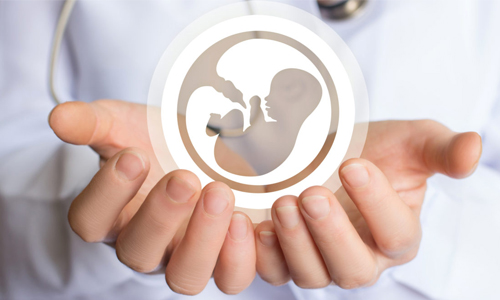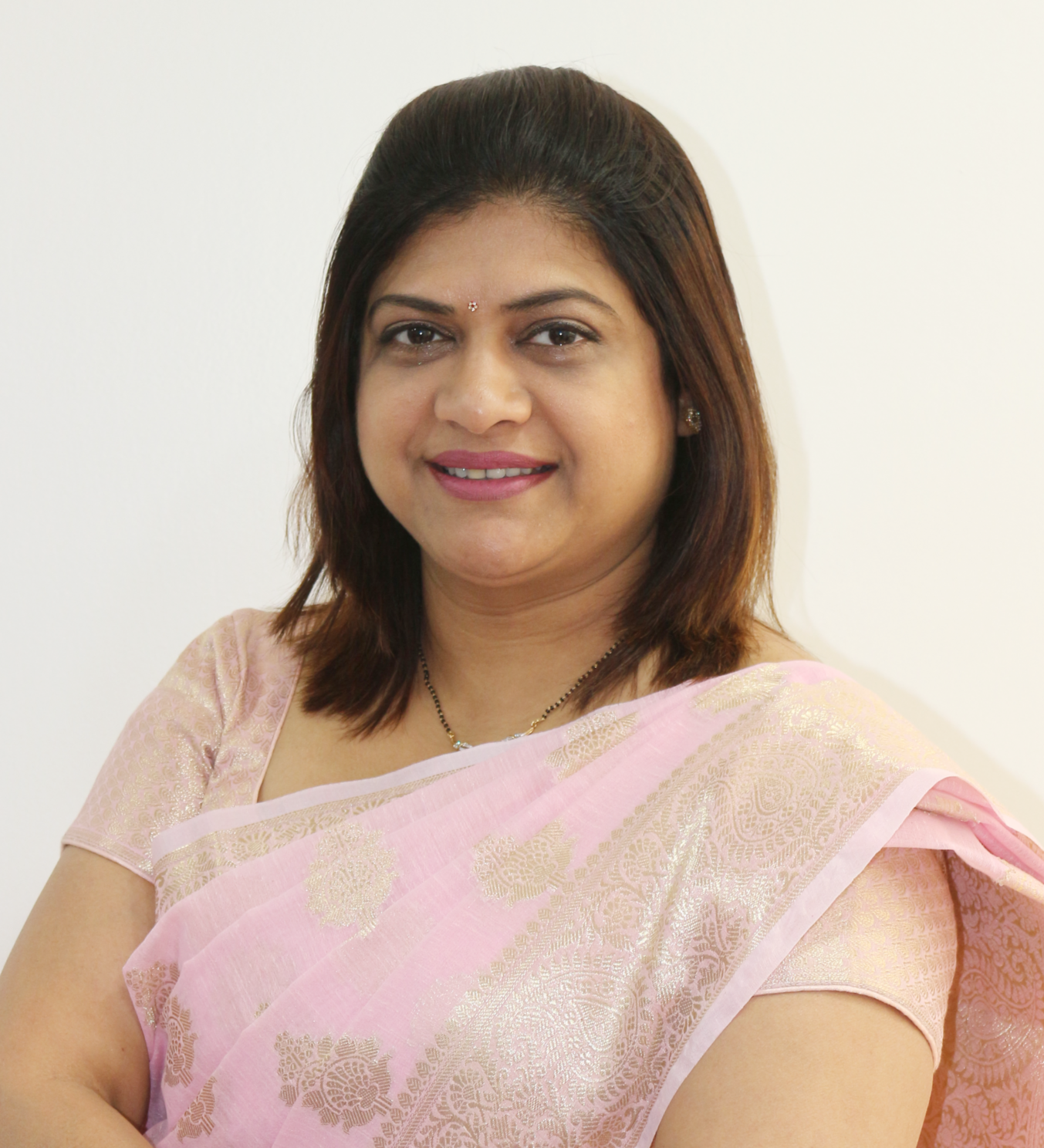Department of IVF (MAEER'S VishwaRaj IVF Center - URMI)



Female infertility
Many couples struggle due to infertility. Female infertility is defined as an inability to conceive after trying for one year, or six months for the woman who is 35 years or older. Pregnancy loss or frequent miscarriages in women are also referred to as infertility. If you are having di culty in conceiving, or have a history of irregular menstrual cycles, pelvic inflammations, or endometriosis, you should consult your doctors for infertility evaluation.
Male Infertility
If you are facing the problem of male infertility, you are not alone. Male infertility accounts for one-third of infertility problems.There are many factors which contribute to male infertility, such as anatomical, genetic, and environmental causes. The underlying cause of infertility cannot be determined in many cases. You need to consider undergoing formal infertility assessment for better clinical diagnosis.



Our Approach Patients
When a couple is trying to conceive for one year and is still not able to have a child, they should seek the help of a fertility expert.We, at VishwaRaj Hospital’s Urmi Fertility Centre for IVF, promise to partner with you in your journey towards joy and happiness.Male and female infertility are treatable with the right kind of diagnosis and treatment.
Treatment and Services
At VishwaRaj Hospital’s Centre for IUI and IVF, we offer “State of the Art” services ranging from IVF, ICSI, blastocyst transfer, egg freezing, sperm freezing, frozen embryo transfer, sperm extraction for azoospermia, testicular biopsy , laser hatching.
- In IUI, the best quality sperms from aspiring father are processed in the lab and innoculated inside uterus. This is an OPD procedure and does not require anaesthesia or OT intervention.
Who should go for IUI? - Patients with anovulatory problems
- Cervical mucous blocking sperm entry
- Mild male infertility
- Ejaculation problem
- Erection disorder
- Those who have tried for one year and still failed to conceive.
In the process of IVF, multiple eggs or ova are retrieved from an aspiring mother after giving injections to stimulate and grow multiple eggs. Then these eggs are fertilized with the aspiring father’s sperms in a lab and the resultant embryos are transferred back to the womb of the mother.
Who should go for IVF?
Those who have got –
- Multiple failed IUI
- Low egg / ovum count
- Bilateral blocked or damaged tubes
- Severe endometriosis
- Moderate to severe male factor infertility
- No sperm count
- Low sperm count
This is a process where each egg is fertilized by specialized equipment with a single sperm, using microinjection pipette. This is done when sperm count is very less. In such cases, sperms are retrieved directly from aspiring father’s testes or epididymis.
Following fertilization and embryo culture, the best embryos are selected for embryo transfer. For many couples, there will also be good embryos which are surplus to those required for embryo transfer. These embryos can be frozen at this point for future use. The aspiring mothers, who fail to conceive, frozen embryos can be used for a subsequent cycle.
In the process of PESA, a small needle is passed into the head of epididymis (part of male genital organ) of the aspiring father to aspirate fluid containing sperms. The embryologist retrieves the best sperm cells from the fluid to ICSI and successful conception.
TESE is used for men with both obstructive and non-obstructive azoospermia. In TESE, the sperms are retrieved from the testes of aspiring father and used to achieve fertilization of eggs in the laboratory. However, as the numbers of sperm retrieved is often very low, it is necessary to combine TESE with ICSI.
An embryo transfer is the last part of the in vitro fertilization (IVF) process. During IVF, fertility medications are used to stimulate the ovaries into releasing healthy eggs/ovum. These eggs are then removed from the aspiring mother’s ovaries and fertilized in a lab. Once the fertilized eggs have multiplied, the embryos are gently placed in the uterine cavity through a fine cannula. Normally 2 or 3 embryos are placed in the uterine cavity.


Dr. Kundan Ingale
Consultant - Infertility
MBBS, DGO, DNB
Monday, Wednesday & Friday
09:30 AM - 01:00 PM


Dr. Kalyani Ingale
Consultant - Infertility
MBBS, DGO, DNB


